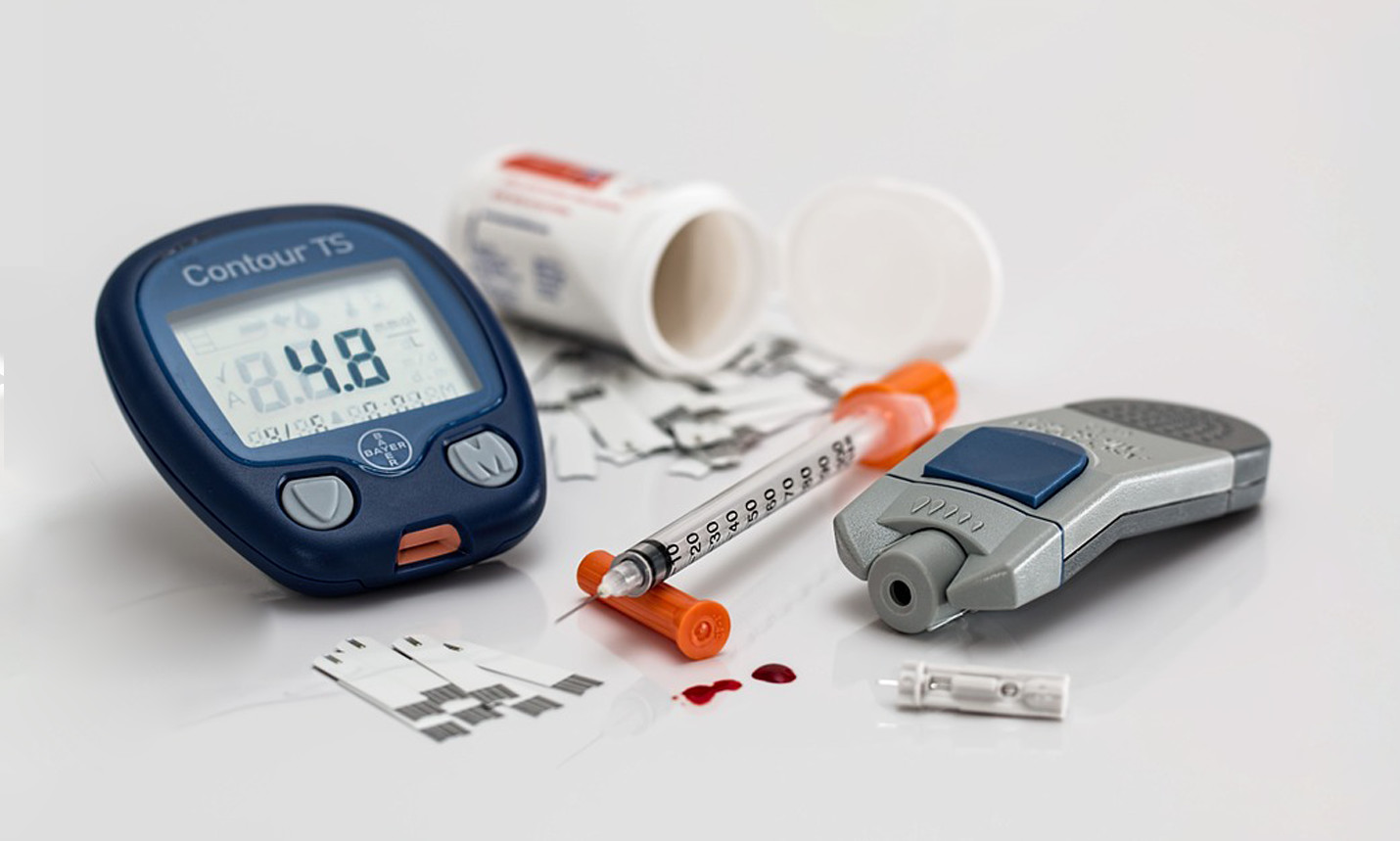March 27 is American Diabetes Association Alert Day

Diabetes is one of the more common chronic conditions in America today–chances are, you know someone affected by diabetes, or you may be affected yourself. Close to 10% of Americans are currently diagnosed with diabetes, and another 1.5 million new cases are added each year. In spite of its prevalence, there are many misconceptions regarding diabetes–what it is, what causes it, and what you can do to prevent or treat diabetes. Many people are afraid that their family history or lifestyle condemns them to diabetes, but that doesn’t have to be the case! There are many steps you can take to assess and reduce your risk of developing diabetes or manage diabetes if you have developed it already.
What is Diabetes?
Diabetes is not just one disease; it is a group of conditions in which the body fails to properly process glucose, a form of sugar. Glucose then builds up in the blood, where it can cause long-lasting damage resulting in heart disease, blindness, kidney failure, amputations, and death. There are three main types of diabetes:
Type 1 Diabetes
Once known as juvenile diabetes, Type 1 diabetes is most commonly diagnosed in children and young adults and accounts for just 5% of total cases. People with Type 1 diabetes do not produce insulin, the hormone responsible for helping glucose move from the bloodstream into cells.
Type 2 Diabetes
Also known as adult-onset or insulin-resistant diabetes, Type 2 is the most common form of diabetes and is usually diagnosed in middle-aged and older adults. People with Type 2 diabetes produce insulin, but their cells are unable to use it.
Gestational Diabetes
During pregnancy, a woman’s need for insulin increases, and sometimes the body is not able to keep up with the demand. Pregnant women who cannot produce enough insulin develop gestational diabetes.
How Can Diabetes Be Treated?
The goal in treating diabetes is to manage blood glucose levels–excess blood sugar can cause serious complications. Work with your health care provider to develop a healthy meal plan, rich in fruits and vegetables, lean meats, beans, and low-fat dairy. Make physical activity part of your daily routine. You may need to monitor your blood glucose levels and take insulin or other diabetes medications to keep it in check.
What Can I Do to Prevent Diabetes?
If you are at risk of developing Type 2 diabetes–perhaps because of your family history, or if you have ever had gestational diabetes, or if you are overweight–there are several steps you can take to reduce your risk. Changing your lifestyle now can save you from years of medical treatments and unwanted complications. Start by:
- Losing weight–losing 5-7% of your total weight can prevent or delay the onset of diabetes
- Increase physical activity-aim for 30 minutes, most days
- Improve eating habits: eat smaller portions, eliminate sweetened drinks, and choose plenty of produce, beans, low-fat dairy, and lean meats
Be sure to check out our other article on how sugary drinks increase your risk of hypertension and diabetes.
References:
- http://www.amjmed.com/article/S0002-9343(13)00485-3/fulltext
- http://care.diabetesjournals.org/content/38/6/1161

